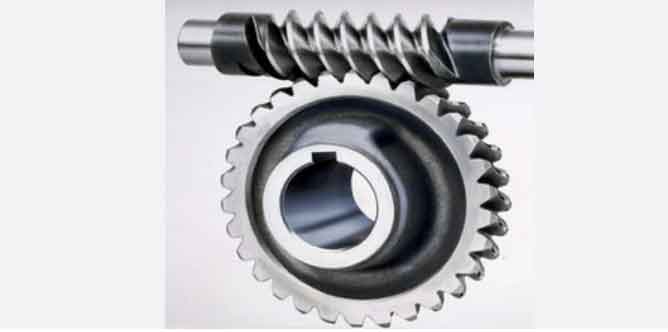Advancements in helical gear technology have driven significant innovation in various industries, enabling improved performance, efficiency, and reliability of mechanical systems. Some key advancements that have contributed to innovation in industry include:

1. Advanced Manufacturing Techniques:
Modern manufacturing technologies, such as CNC machining, 3D printing, and computer-aided design (CAD) software, have revolutionized helical gear production. These technologies allow for more precise gear tooth profiles, tighter tolerances, and faster production, resulting in high-quality gears that meet stringent industry demands.
2. Improved Gear Materials:
Advancements in metallurgy and materials science have led to the development of new high-strength and wear-resistant materials for helical gears. These materials offer superior performance and extended gear life in challenging operating conditions, such as high temperatures or corrosive environments.
3. Gear Design Software and Simulation Tools:
Sophisticated gear design software and simulation tools have empowered engineers to optimize gear designs and predict gear performance accurately. Finite element analysis (FEA) and computer-aided engineering (CAE) tools enable virtual testing and analysis, reducing the need for physical prototypes and speeding up the design process.
4. Noise and Vibration Reduction Techniques:
Advancements in gear tooth profile optimization, surface finishing, and gear geometry have contributed to reduced gear noise and vibration. Helical gears with improved noise-damping features and contact patterns help achieve quieter gear operation, making them ideal for noise-sensitive applications.
5. Lubrication and Surface Coatings:
Innovations in gear lubrication technologies and surface coatings have enhanced gear efficiency and durability. Advanced lubricants and coatings reduce friction, wear, and heat generation, leading to increased gear life and energy efficiency.
6. Integration of Helical Gears in Mechatronics and Robotics:
Helical gears have become integral components in mechatronics and robotic systems. Their smooth and precise motion control capabilities, along with advancements in gear materials and design, have enabled more sophisticated and efficient robotic applications.
7. Miniaturization and Micro-Gearing:
Advancements in micro-fabrication techniques have led to the development of miniature helical gears used in precision instruments, medical devices, and micro-electromechanical systems (MEMS). These miniature gears offer high torque transmission and precise motion control in tiny spaces.
8. Gearbox and Transmission Innovations:
Advancements in helical gear technology have contributed to the development of more efficient and compact gearboxes and transmissions in automotive, aerospace, and industrial machinery. These innovations improve vehicle fuel economy, performance, and reliability.
9. Sustainability and Green Technology:
Gear technology advancements have also played a role in sustainable engineering and green technology. By reducing energy losses and improving gear efficiency, helical gears help conserve energy and reduce environmental impact.
Overall, the continuous evolution of helical gear technology has driven innovation in various industries, enhancing the performance, reliability, and sustainability of mechanical systems. As technology continues to advance, we can expect further improvements in helical gear design, manufacturing processes, and application possibilities, contributing to the ever-evolving landscape of industry and engineering.
